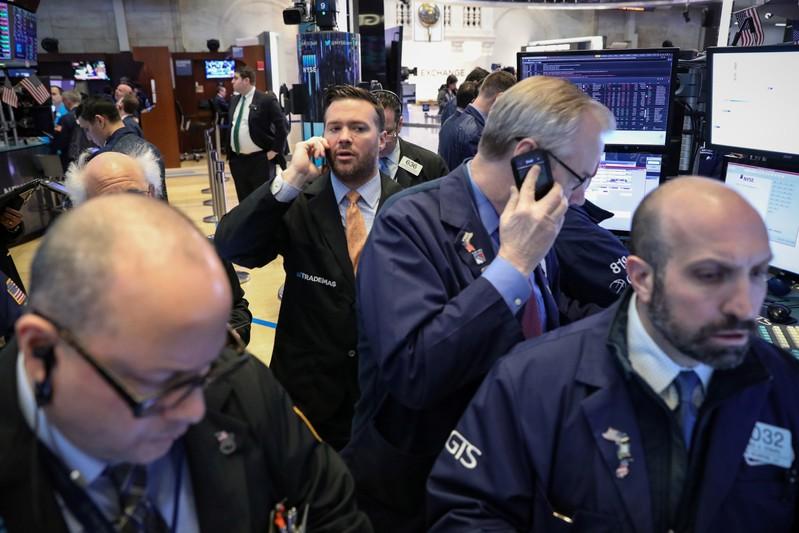

Policymakers will need action plans that guard against unintended consequences. If left unchecked, such vulnerabilities may persist into the longer term and become structural issues. Some warning signs-for example, increased financial risk-taking, as well as rising fragilities in the nonbank financial institutions sector-point to a deterioration in the underlying foundations of financial stability. If that overstretch continues, it may, in turn, intensify financial vulnerabilities. Managing this trade-off is a key challenge confronting policymakers.Ī prolonged period of extremely easy financial conditions during the pandemic-which certainly has been needed to sustain the economic recovery-has allowed overly stretched asset valuations to persist. Policymakers are now confronted with a challenging trade-off: They must continue to provide near-term support to the global economy, even as they must simultaneously try to avoid the buildup of medium-term financial-stability risks.

While assets under management in climate-themed investment funds remain relatively small, inflows have surged, and there is a promise of cheaper funding costs for climate-friendly firms, as well as greater climate stewardship by funds.Īmid still easy financial conditions overall, our analysis finds that financial vulnerabilities continue to be elevated in several sectors-but are masked, in part, by the massive policy stimulus. Likewise, as the world continues to seek ways to speed up the transition to a low-greenhouse-gas economy in order to avoid the negative economic and financial stability outcomes associated with climate change, a promising opportunity is emerging in the financial sector. Financial stability risks are not yet systemic in the crypto ecosystem, but risks should be closely monitored, given the global monetary implications and the inadequate operational and regulatory frameworks in most jurisdictions-especially in emerging market and developing economies. Crypto asset markets are growing rapidly and crypto asset prices remain highly volatile. Risks also bear close monitoring in other key areas. If investors, at some point, reassess abruptly the economic and policy outlook, financial markets could endure a sudden repricing of risk-and that repricing, if sustained, could interact with underlying vulnerabilities, leading to a tightening of financial conditions. In late September, however, investor anxiety about inflationary pressures pushed yields higher as price pressures then started to be seen as potentially more persistent than initially anticipated in some countries-entirely reversing the earlier declines. The deterioration in market sentiment since the April 2021 Global Financial Stability Report resulted in a significant decline in global long-term nominal yields in the summer, driven by falling real rates, reflecting concerns about long-term-growth prospects. Those uncertainties are triggered by financial vulnerabilities that could increase downside risks, surging commodity prices, and policy uncertainty. And new uncertainties in some major economies have put markets on alert. Inflation readings have been above expectations in many countries. Uneven vaccine access, along with the mutations of the COVID-19 virus, have led to a resurgence of infections-fueling concerns about more divergent economic prospects across countries. Investors have become increasingly worried about the economic outlook, amid ever-greater uncertainty about the strength of the recovery. Nonetheless, the sense of optimism that had propelled markets in the first half of the year is at risk of fading. In many advanced economies, financial conditions have eased since the initial months of the pandemic. Massive monetary and fiscal policy support for the economy in 20 helped limit the economic contraction that began at the start of the pandemic and that-for much of this year-supported a strong economic rebound. Uncertainty is especially intense because of the persistent pandemic-stricken atmosphere where society confronts the challenges inherent in “the three Cs”: COVID-19, crypto, and climate change, as discussed in our latest Global Financial Stability Report. The world’s systemically important central banks know that any unintended consequences of their actions could put growth at risk-and could, conceivably, lead to abrupt adjustments in the world’s financial markets. The sense of optimism that had propelled markets in the first half of the year is at risk of fading.


 0 kommentar(er)
0 kommentar(er)
